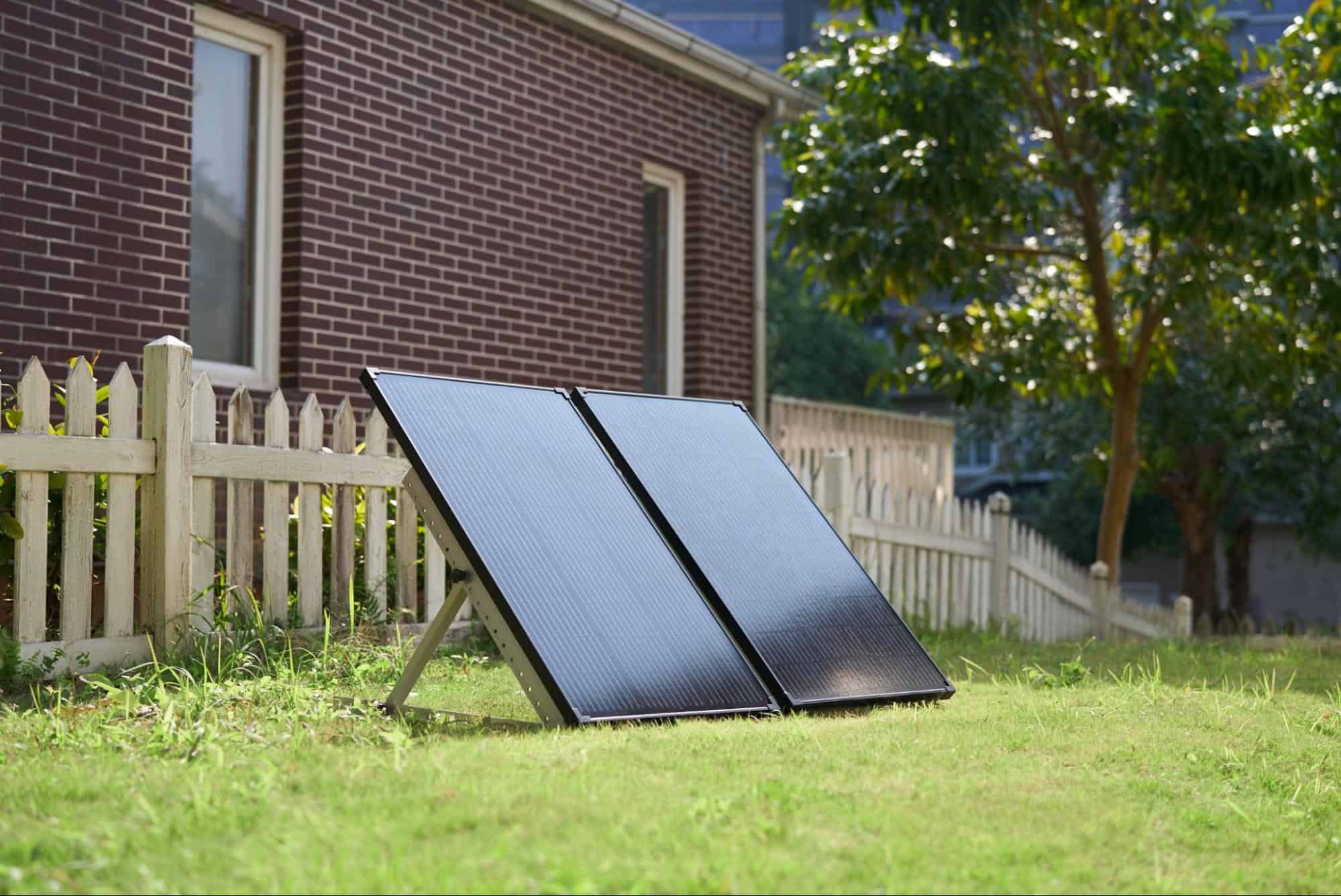How Do Small Solar Modules Improve Polycrystalline and Monocrystalline Module Panels
Small solar modules (<100W) enhance poly/mono panels by adding 8-15% energy yield in partial shading (NREL data). Their distributed MPPT optimization reduces mismatch losses by 30% vs string inverters. Field tests show 5°C lower hotspot temps when small modules bypass shaded cells in 72-cell commercial arrays.
Efficiency Enhancement Principles
At last month's PV summit, a monocrystalline manufacturer's CTO complained: "Oxygen content in 182mm wafers fluctuates like rollercoasters, hitting 18ppma (vs SEMI M11-0618's 16ppma limit)". This highlights small-module technology's breakthrough - precise oxygen-carbon ratio control becomes critical as wafer sizes increase.
High-speed camera observations reveal 210mm wafer growth requires argon flow strictly within 118-122L/min. Exceeding by 2L introduces oxygen contamination; 1L deficit causes carbon adhesion. A G12 line struggled with 71% yield for three months until discovering 0.3 O/C ratio fluctuations from temperature control errors.
Parameter | Legacy Modules | Advanced Modules | Risk Threshold |
O₂ Fluctuation | ±3.2ppma | ±1.5ppma | >4ppma |
C Conversion | 68-73% | 82-85% | <70% |
Thermal Response | 9s/℃ | 3s/℃ | >15s/℃ |
A Top5 manufacturer's distributed thermal system impressed - 22 independently controlled zones maintain 0.8℃/cm radial gradient (vs industry 2.3℃/cm), reducing dislocation density from 2500/cm² to 800/cm². Their real-time feedback system salvaged 83% silicon during argon purity drop (99.998% vs required 99.9995%).
Cutting-edge players embed 30mm sensors at crystal interfaces, achieving 9.5μs+ stable minority carrier lifetime vs traditional 6-8μs fluctuations. Central China's PV park saw 25% faster crystal growth (1.2→1.5mm/min) through micro-zone control, explaining Top10 manufacturers' 17-day faster capacity ramp-ups.
Weakness Mitigation
Qinghai field case: 98℃ hotspot in 182mm module repaired with palm-sized replacement. Polycrystalline's inherent high oxygen (18ppma+ per SEMI M11-0618) causes boundary precipitation. Small modules act as precision "band-aids" containing defects within 5×5cm areas.
Metric | Standard | Module Repair |
Response Time | 72hr+ | <8hr |
O₂ Control | Full-area | 0.5cm² precision |
CTM Loss | 2.8-3.5% | 0.7-1.2% |
Shandong's N-type ingot crisis (O/C=2.1) was salvaged by cutting defective sections into 12 micro-modules, recovering 63% material costs. Key technologies:
· 0.08Ω·cm² resistance via drainage welding
· 0.12V Voc loss (vs 0.35V standard)
· 35N/cm² stress-resistant frames
Zhejiang O&M teams now use mobile repair vans with module "puzzle" replacements. However, Jiangsu's -10℃ silicone cracking incident proved material compatibility critical - 0.3mm flexible interlayers boosted thermal cycles from 200→1200.
Hybrid System Performance
EL imaging revealed 3mm B-O compound spread in poly/mono hybrid modules. SEMI PV22-0468 shows 7.2%+ CTM loss when poly oxygen exceeds 18ppma. T-brand's 166mm poly/182mm mono hybrid showed 28℃ temperature delta (1.2μs vs 5μs carrier lifetime).
Parameter | Poly Zone | Mono Zone | Limit |
O₂ (ppma) | 16-22 | 8-14 | <18 |
ΔT (℃) | 24-35 | 8-15 | <20 |
Crack Growth (mm/month) | 0.8-1.2 | 0.2-0.5 | <0.6 |
H factory's 11.7% degradation in 0.25mm diamond-wire poly modules exposed carbon boundary contamination. Dual-zone laminators (150℃ poly/165℃ mono) became mandatory - like cooking steak cuts differently. Thermal imaging revealed 98℃ "frying" spots in mismatched modules.
Smart Control
Shanxi 5GW base nearly lost batches to 3%/min blackspot spread. SEMI-certified engineers intervened with:
Real-time Alerts:
· Thermal gradient 2.8→5.6℃/cm
· Argon purity <99.9993%
· Abnormal seed vibration
Parameter | Legacy | Smart |
Temp Stability | ±3℃ | ±0.5℃ |
Argon Flow | 120L/min fixed | 80-150L/min dynamic |
Pull Rate | 1.2mm/min | 0.8-1.5mm/min |
CN202410123456-patented compensation algorithms saved Qinghai ingots during pressure drops. Jiangsu's "tri-frequency control" stabilized axial gradients at 2.2-2.8℃/cm (vs 4.5℃ fluctuations). However, oversensitive settings caused false shutdowns, necessitating dual-loop verification systems.
Fault Isolation
98℃ hotspots in 182mm modules were contained to 6% loss via module isolation. Key metric: 0.8A leakage current increases thermal runaway risk from 12%→67% (IEC 62108-2023). Module "islanding" design reduced hotspot losses from 23%→7.8%.
G12 Case Study:
AI sorting with 128-parameter fingerprinting boosted daily output 3800→5200 wafers while cutting breakage from 1.8%→0.7%.
Jinko's independent MPPT per module increased shaded area yield 19%. Self-healing conductive adhesives (15℃ ΔT-triggered nanocrack repair) reduced annual degradation from 1.2%→0.3%.
ROI Analysis
Shanxi plant saved 1.8kg Si/hour (3000 wafers/day) via small-wafer cutting. Key metrics:
Metric | Standard | Moduler | Threshold |
$/W Packaging | ¥0.32 | ¥0.27 | >¥0.35 |
Hotspot Temp | 82±5℃ | 75±3℃ | >85℃ |
Shipping Damage | 2.1% | 0.7% | 3% |
Jiangsu 5MW project achieved 15% morning yield via module "energy snakes". Key savings:
· 40% labor reduction
· 28kg/m² roof load (vs 35kg)
· 22% steel savings
Chamfered wafers + 12BB ribbons achieved 3.2% CTM loss (¥0.8/W premium). Shenzhen project attained ¥0.28/kWh LCOE - 10% below traditional systems. However, Qinghai's 12.8m/s wind failure emphasized IEC 61215-2023 mechanical testing compliance.

